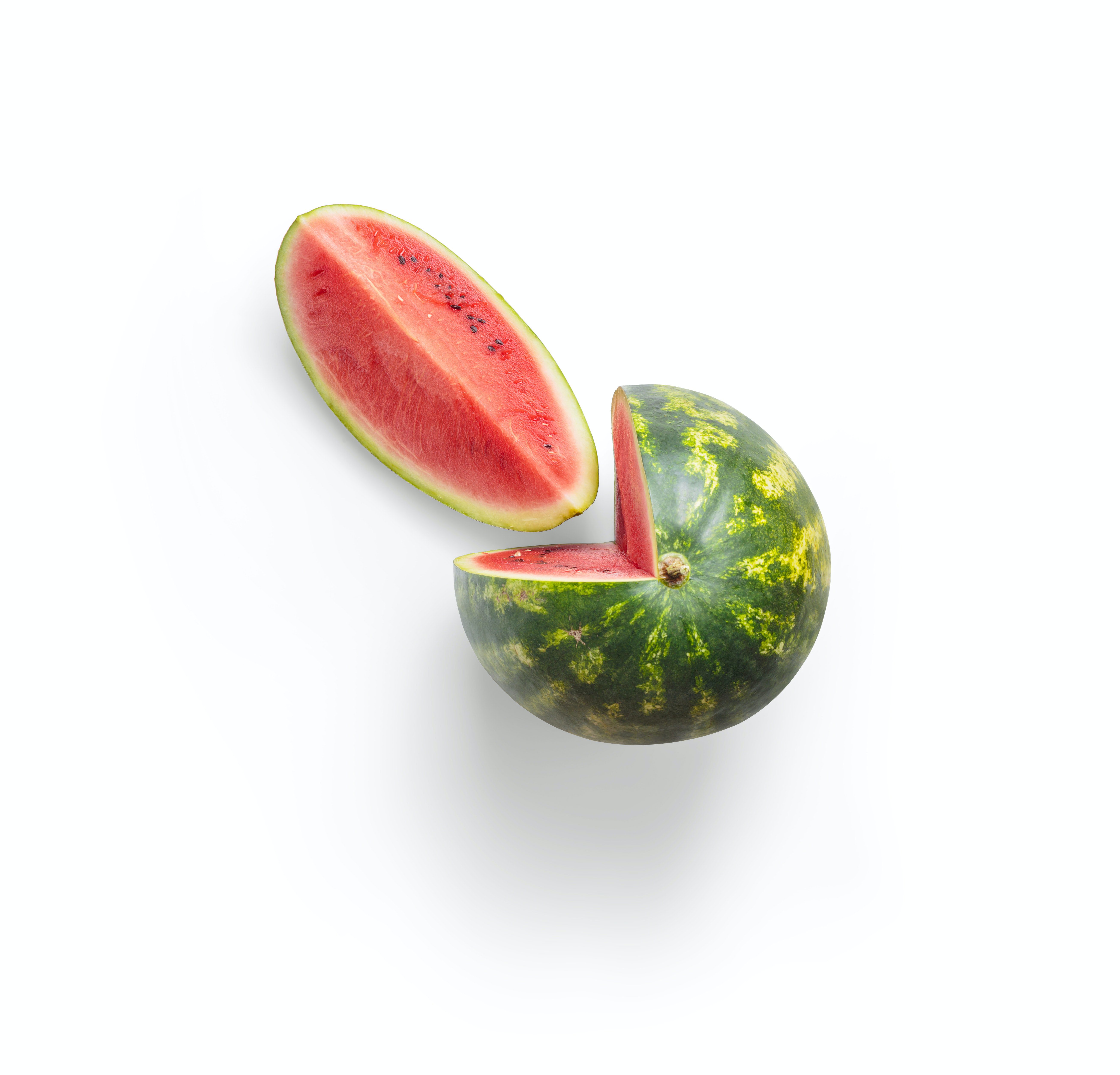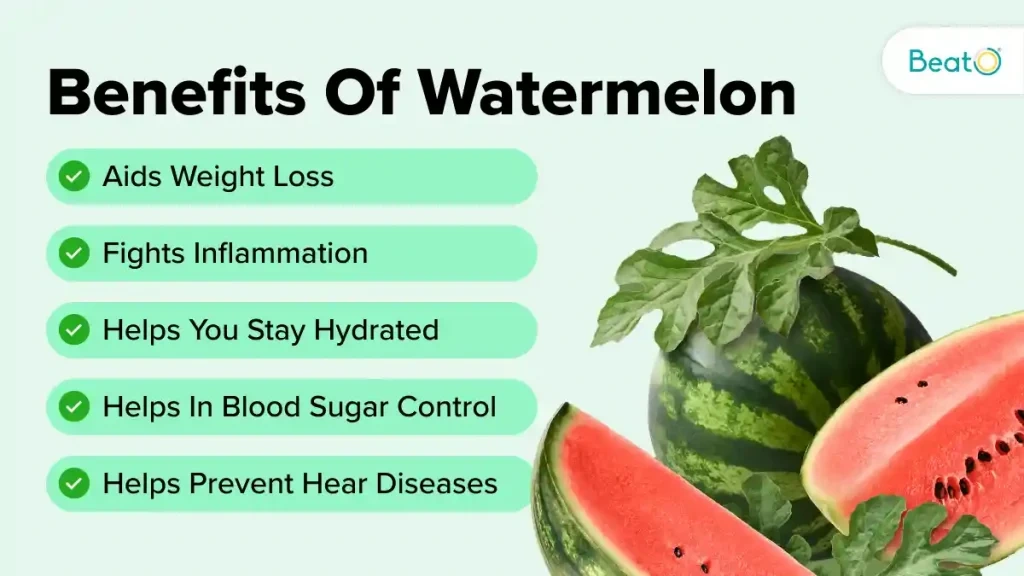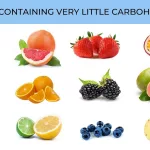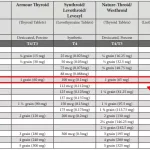Can You Really Have Watermelon?
Alright—let’s be honest for a second. It’s summer. You’re sweating. Your toes are sticking to your sandals. And then you see it: glistening, ruby-red watermelon cubes at a picnic spread. If you have diabetes, there’s probably a flicker of guilt before even reaching for a fork. Should you? Is watermelon good for diabetics…or are you about to do your blood sugar dirty?

I mean, hey, I’ve been down that rabbit hole of overthinking fruit. My aunt—a sweet, cinnamon-tea kind of person—used to love watermelon. After her diagnosis, she’d debate over even one slice. I remember she’d say, “If only fruit came with little warning labels!” But let’s cut through the noise together. I’ve got the science, some personal war stories, and honest tips to share. And—spoiler—it’s not all doom and gloom. Actually? Watermelon is so much more friend than foe.
The Temptation of Summer
Let’s just get this out there: watermelon isn’t just another fruit. It’s the taste of summer. Sweet, ice-cold, basically the definition of “refreshing.” But if you’re watching every carb, the word “sweet” feels loaded. Maybe you’ve heard it spikes your sugars. Or that it’s on the “naughty list.” (Quick confession: I once totally ate a giant wedge in July and felt a tinge of panic—but…nothing bad happened. More on that soon.)
But here’s where it gets interesting. Watermelon is one of those foods that is easy to love and—believe it or not—can actually work for your body, not against it…if you know how to handle it. Why is watermelon so tempting for folks with diabetes?
- It’s insanely hydrating—made up of over 90% water.
- Comes with fiber, vitamins A and C, and even some antioxidants.
- Super low in calories per serving, so you can feel satisfied without blowing up your meal plan.
But yeah, it’s sweet. So, let’s talk about what’s really happening inside that juicy, pink triangle.
What Actually Happens to Your Blood Sugar?
You know that moment after a treat, when you’re sitting there wondering if you’re about to feel super sleepy or even jittery? With fruit—and watermelon especially—it’s all about understanding glycemic index and glycemic load. Bear with me; I promise this won’t be a math lesson.
Glycemic Index: Does It Matter?
Glycemic Index (GI) is…kind of misleading, honestly. It tells us how quickly a food can raise blood sugar. For watermelon, the GI is high. Numbers? Around 72 to 76. On paper, this makes watermelon sound risky. But that’s just part of the story. As explained in detail by research on watermelon and diabetes, you also have to look at the “glycemic load”—how much food you’re actually eating and how that impacts your sugar.
Watermelon’s Sneaky Advantage—Glycemic Load
Enter, glycemic load (GL). This concept takes into account both the GI and the quantity of carbs in a real serving. Thanks to its crazy-high water content, watermelon has a low GL—about 5 per normal serving (usually 120g, or roughly 1 cup of cubes). That score means a modest portion is not likely to send your blood sugar into orbit (see more here).
So, unless you’re knocking back half a melon in a sitting (done it, not proud…), your risk isn’t as wild as people assume.
Real Life: My Own Little ‘Test’
Quick experiment: A few years back, after a walk in 90-degree heat, I scarfed down a cup of diced watermelon. Checked my blood sugar 90 minutes later—barely a blip. Was it magic? Nope—just portion control and the power of pairing (I’d had it alongside some almonds—protein + fiber helps slow that natural sugar’s rush into your bloodstream).
Watermelon Versus…Other Fruits?
Alright, so how does it stack up next to other fruit faves? Berries, apples, bananas, all those “can-I, can’t-I” snacks? When considering questions like “what is the best fruit for diabetics?” it helps to compare a few usual suspects:
| Fruit (1 cup) | Carbs | Glycemic Index | Why It Works (or Not) |
|---|---|---|---|
| Watermelon | 11g | 72-76 | Hydrating, sweet, low GL—best in modest amounts |
| Strawberries | 12g | 40 | Lower GI, great fiber, steady release of sugar |
| Banana | 27g | 50-60 | More carbs, best as half a banana for tighter sugar control |
Watermelon often scares folks because of its sweet taste, but if you snack smart, it’s absolutely on the table (see also: what is the best fruit for diabetics? for other great options).
So, Is Watermelon Good for Diabetics?
This is where things get real. The answer—drumroll—is yes…with a but. Yes, watermelon is totally possible for people with diabetes, if you treat it like a sometimes treat and not an all-you-can-eat buffet. Moderation is your friend. In fact, the American Diabetes Association lists watermelon as a perfectly viable fruit, so long as portions and frequency don’t get wild (sensible eating tips here).
- Serving size? Aim for 1 cup cubed. About the size of a standard tennis ball or your fist.
- Carbs in a cup: Around 11 grams (depends a little, but it’s close enough).
- Pairing is power! Add some nuts, seeds, or Greek yogurt. Fiber and protein will help keep those sugars slow and steady.
And that “sometimes treat” thing? It means watermelon’s great as an occasional snack or dessert, not the main event every single day. (I wish.)
Hidden Superpowers
You also get the bonus of some awesome nutrients. Watermelon’s got vitamin A (for vision), vitamin C (hello, immune system), plus lycopene and other antioxidants for your heart and general cell repair vibes. These can help offset some of the harder edges of diabetes, like inflammation (is watermelon good for diabetics dives even deeper into these perks).

Storytime: My Aunt’s Picnic ‘Win’
Remember my aunt? Last summer, she packed a small Tupperware of diced watermelon (her “portion control hack”), paired it with cottage cheese, and felt like a total queen at our family BBQ. No sugar spike. She texted me after—”Can watermelon be a mood booster?” Honestly? I think so.
Practical Tips: Eating Watermelon Like a Blood Sugar Boss
Okay—so you’re ready to try it. Here’s how you stay cool (and keep your sugar in the green):
- Measure your servings. One cup diced! Not the whole melon, tempting as that is.
- Fresh first. Skip watermelon juice and flavored treats. The fiber in real fruit helps slow sugar absorption (see expert blood sugar tips).
- Pair up. Add some nuts, seeds, or Greek yogurt (honestly, try it tossed in a salad—it’s a sweet/savory miracle).
- Test and learn. Check your blood sugar before and about an hour after eating watermelon. That way, you’ll see exactly how you react. No two people are the same.
- Seasonal treat. Watermelon in season (local if you can!) tastes waaaay better anyway.
Mini-Recipe: Watermelon Salad Favorite
Toss together: 1 cup cubed watermelon, a handful of arugula, a sprinkle of feta cheese, some walnuts, and a drizzle of balsamic glaze. Looks fancy, takes 3 minutes. (My go-to for those “I want something good but I’m tired” days.)
Let’s Address That Guilt
Sometimes, the biggest thing with diabetes is just food guilt. We make so many rules and create “off-limits” lists. Here’s the kicker—when you shift to asking, “How can I make the foods I love work for me?” everything changes. Watermelon doesn’t have to be forbidden fruit. It just needs a little respect (and okay, maybe a measuring cup nearby).
Same thing goes for all fruit, really. If you ever wondered what is the best fruit for diabetics?, it’s… the one you enjoy, in a way that fits your plan. Portioning, pairing, paying attention to how you feel—that’s where freedom comes from. Oh, and please don’t beat yourself up for craving sweet things every now and then. It’s human!
One Last Thing—Check with Your Team
I say all this as a friend, not your doctor. Every body (and every diabetes “journey”—ugh, I know, that word) is different. If you’re new to fruit, or if certain foods seem to send your readings all over the place, talk it through with your healthcare provider. Some folks are super sensitive, others can handle a bit more freedom. Getting tailored advice is never a bad move.
One pro move: keep a little food log the first couple times you experiment with new fruits like watermelon. Not forever, but just till you know your patterns. Imagine it’s just you, your meter, and a little curiosity—no judgment.
Ready to Taste Summer Again?
If you’ve made it this far, you’re probably like me: you care, you want to feel good, and you kind of just want a straight answer without feeling like you screwed up. So here’s your permission slip—yes, watermelon can totally be part of a diabetes-friendly summer. Portion matters. Pairings help. Pay attention to your own results. But there’s no cosmic rule that says you can’t have it.
So next time you see those shimmering pink cubes at a picnic, grab your cup, add a protein buddy, savor every crunchy bite, and embrace feeling a little more normal. And hey—if you want more sweet inspiration, bounce over to what is the best fruit for diabetics? and treat yourself to more tasty ideas.
You deserve treats, joy, and that icy-fresh pop of watermelon—even with diabetes. Go on, enjoy your summer slice. Share your favorite way to snack on watermelon below, or let me know how you make it work in your routine. Let’s build a world where sweet moments and smart choices can actually go hand in hand. You’re doing just fine!


















Leave a Reply
You must be logged in to post a comment.